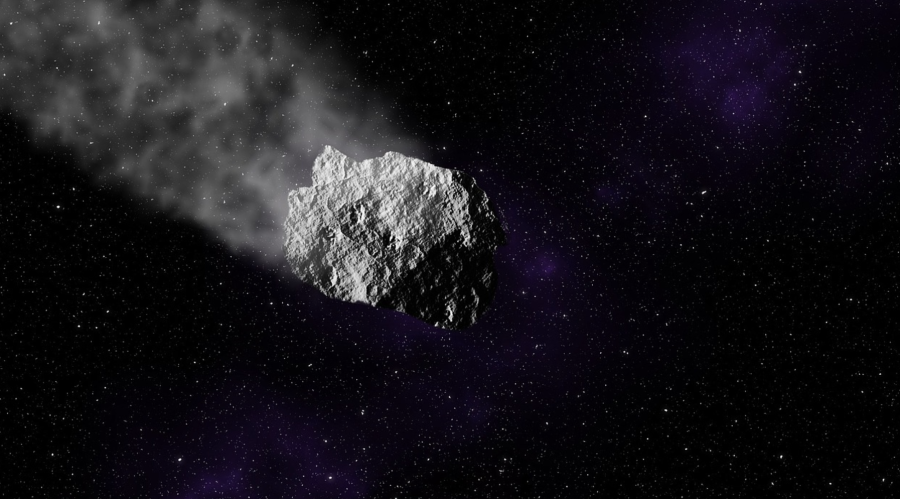By Evangelos Gourgoulianis
Villager Academics Editor
For the first time in history, NASA has intentionally crashed a spacecraft into an asteroid with the intent of deflecting its trajectory, a maneuver that could someday save Earth from an asteroid collision.
On Monday Sept. 26, at roughly 7:15 p.m. EST, NASA’s DART spacecraft crashed into the asteroid Dimorphos. Located over six million miles away from Earth, the ten-month journey showed success in managing to hit the ‘bullseye’ of their intended target with minimal to no errors. The mission has been ongoing since 2015, with the launch of the DART spacecraft taking place back in Nov. 2021.
Joshua Ackermann, a second-year astronomy student reflects on his initial reaction to the event.
“I saw it on Twitter and was surprised and blown away. I thought this was something from the movies, but it’s a reality,” said Ackerman.
Ackermann added that “I feel much safer, knowing we have a way to deal with problematic asteroids that may threaten earth. It’s impressive we are at a point where this is possible.”
DART impacted Dimorphos at an incredible speed of over 15,000 miles per hour. Regarding its size, Dimorphos is roughly 560 feet in diameter. In comparison to DART’s size, the impact is similar to a golf cart hitting one of the Egyptian pyramids, enough to leave an impact crater.
Elliott Schilpp, a fourth-year astronomy student provided his take on NASA’s fascinating mission. “I believe the NASA’s DART mission was necessary for protecting our planet. An asteroid strike could kill or hurt many people on earth,” he said. “I do believe this achievement is as impressive as other NASA and SpaceX missions as it is the foundation for planetary defense.”
Robert Wagner, who teaches astronomy at Stevenson offered his insight behind DART’s mission with the anticipation that the spacecraft does as NASA anticipates. “I will say that I am looking forward to the results and finding out if we were able to change the orbit by the predicted amount,” Wagner commented. “It certainly has potential should this technology be developed so as to protect Earth from an asteroid impact in the future.”
There is still time before Dimorphos’s updated travel trajectory can be calculated to confirm whether the mission can be termed a true success in deflecting an asteroid. As this was the first time in history such a mission has been attempted, there are high hopes that this mission will prove future asteroid hazards can be avoided with this method.


























































